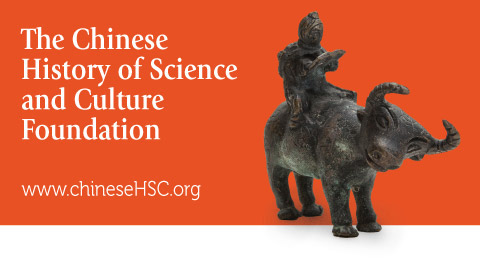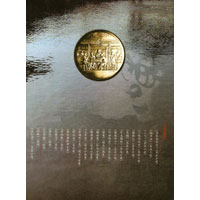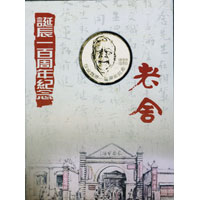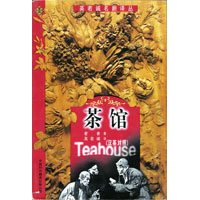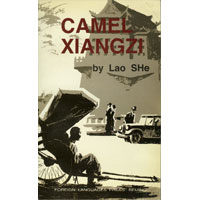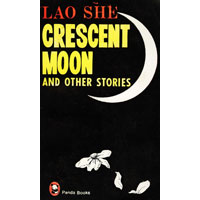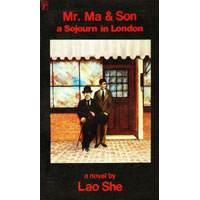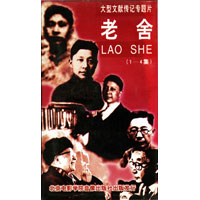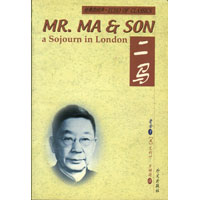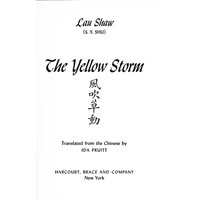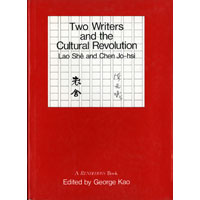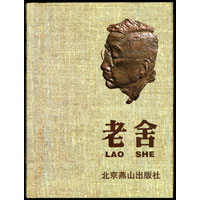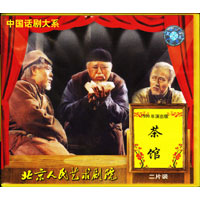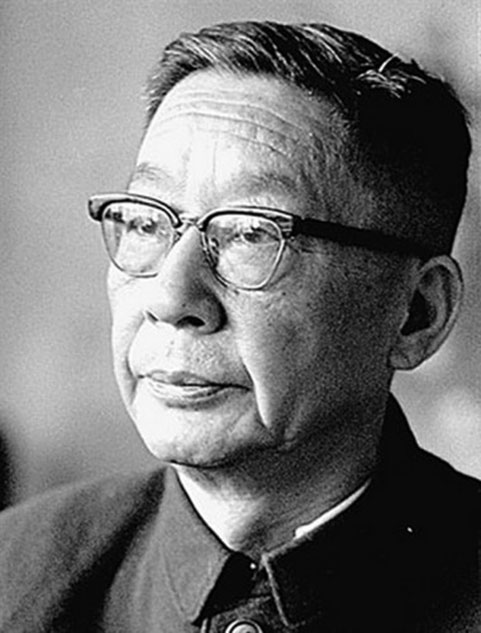
Lao She was the pen name of Shu Qingchun (1899-1966), the most famous Chinese author of the 20th century. He was a native of Beijing, and much of his writing deals with his home city, and the traditional life of ordinary people there. His play TEAHOUSE is the best known and best loved 20th century Chinese drama. It is set entirely in a Beijing tea house, and has a cast of 72 actors. It shows the changing social patterns and situations over time in that same tea house, and we see how the tea house itself changes over the decades (each act of the play is set at a different time). The tea house thus becomes a microcosm of China as a whole, and its history is in a sense China’s history. Beijing tea houses were just as crucial to traditional Beijing as coffee houses were in traditional Vienna, or as cafes were and still are in Paris. However, the Beijing tea houses were not merely places for literary people and artists to congregate, as was so often the case in the West, but they were instead the centres of social life of all the ordinary people. They were in a very real sense the scene of ‘everything that was happening’ and the centres of all social gossip. It is because Beijing tea houses genuinely were ‘stages’ where the play of real life took place, that Lao She’s drama is so meaningful and convincing. Lao She deeply loved Beijing and its people, and his portraits of them in his novels and short stories are unforgettable, and usually deeply tragic.
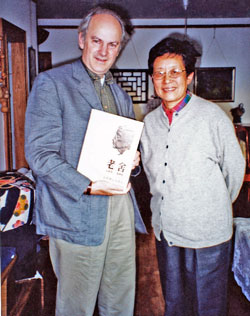
Madame Shu Ji, the daughter of Lao She, and editor of his collected works, with Robert Temple, Chairman of the Foundation, in her Beijing apartment.
Lao She also lived for some time in London. Based upon his experiences there, he wrote a novel about a Chinese man and his son acting as antique dealers in London, near St. Paul’s Cathedral (the site chosen for the fictional shop was destroyed in the Blitz). This novel was entitled THE TWO MAS (Ma being their surname), though the novel has also appeared in English as MR. MA AND SON. The novel is very sad, and Lao She’s loneliness comes through very powerfully, along with a depiction of the shockingly strong racial prejudice shown by British people towards the Chinese early in the 20th century. Strangely, although the novel features a shop full of Chinese antiques, Lao She never describes them except very cursorily, and seems not to have had much interest in Chinese antiques, merely using them as an element in the story.
Lao She’s most famous novel is RICKSHAW BOY (also known as CAMEL XIANGZI), a tragic tale which is dear to the hearts of all Chinese readers.
The former house of Lao She is open to the public in central Beijing, It is a small traditional courtyard house, containing memorabilia relating to the author, and is well worth a visit. It is a quiet little place which is not on the standard tourist agenda. Many Chinese people visit it in order to savour the atmosphere of where their most famous writer lived and worked.
Lao She's house can be visited every day except Monday at 19 Fengfu Hutong, Dengshikou West Street, East District, Beijing. The telephone number there is 010-65599218. There is also an email address: laoshe1899@126.com.

